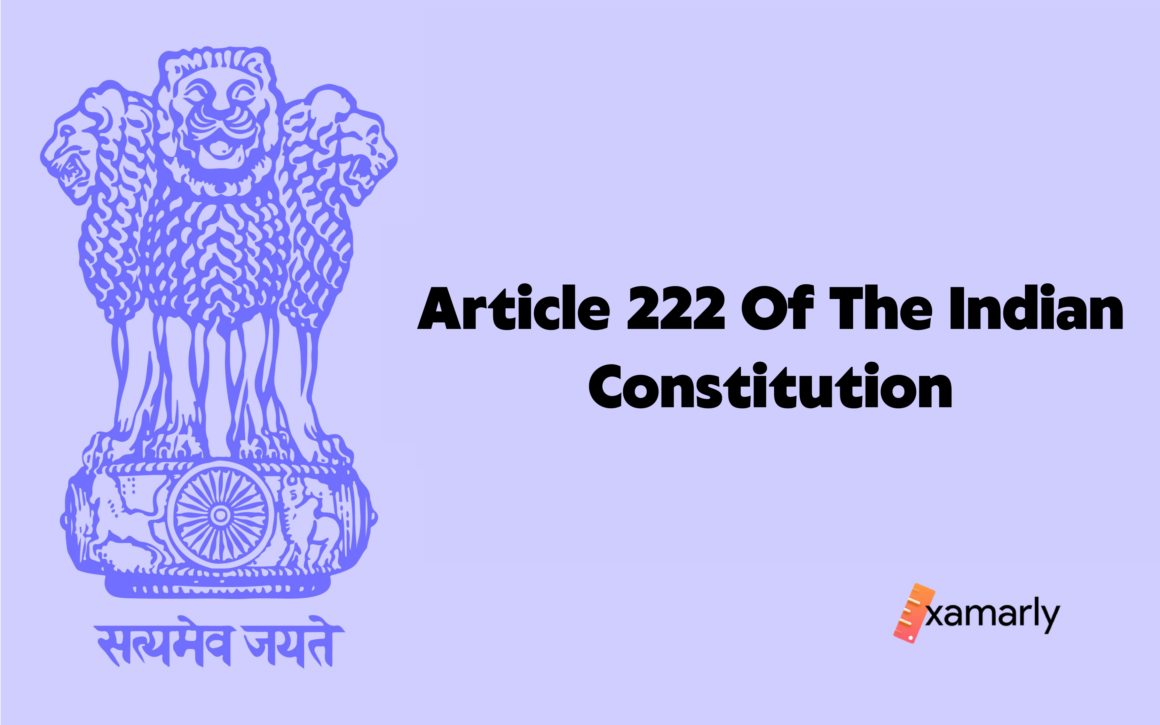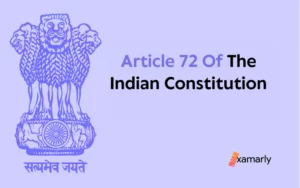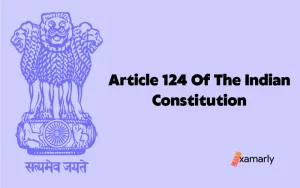Article 222 of the Indian Constitution talks about the salary hike that a judge is entitled to after he gets transferred.
Let us dig deep into Article 222 of the Indian Constitution and grasp all the concepts present in it.
What Does Article 222 Of The Indian Constitution Say?
Let us break down all the clauses present in it into simpler forms to have a better understanding.
Clause 1 – As it is & Explained
222. Transfer of a Judge from one High Court to another
(1) The President may, after consultation with the Chief Justice of India, transfer a Judge from one High Court to any other High Court
The first clause says that the President of India has the authority to transfer a Judge of the High Court.
If he feels the need to do so, he may, from time to time, transfer a judge from one high court to another.
Related – Article 221 Of The Indian Constitution
Clause 2 – As it is & Explained
(2) When a Judge has been or is so transferred, he shall, during the period he serves, after the commencement of the Constitution (Fifteenth Amendment) Act, 1963 , as a Judge of the other High Court, be entitled to receive in addition to his salary such compensatory allowance as may be determined by Parliament by law and, until so determined, such compensatory allowance as the President may by order fix
The second clause of Article 222 of the Indian Constitution says that during the period he serves as a Judge of the other High Court after the enactment of the Constitution (Fifteenth Amendment) Act, 1963, a judge who has been or will be transferred pursuant to clause (1) shall be entitled to receive, in addition to his salary.
Such compensatory allowances are to be lawfully determined by Parliament, but until they are, the President has the authority to fix them by law.
Summing Up
We can conclude from Article 222 of the Indian Constitution that the President of India can transfer the Judge from one High Court to another whenever he feels the need to do so.
We also saw that if the judge is serving after he has been transferred to a new high court, he is entitled to have monetary benefits. The benefits he will receive must be legally determined by Parliament.
If the Parliament is unable to make provisions by law then the President can by law make provisions on the same.
FAQs
Who Gets To Decide How Powerful The Supreme Court Will Be?
The President designates the number of judges for each high court based on the workload of that court.
Can you please explain the Supreme Court’s governing document?
The President has the power to appoint the Chief Justice and additional judges to each High Court at any time. In this sense, unlike the Supreme Court, a High Court’s size is discretionary and determined on a case-by-case basis by the President, who takes into account the volume of cases that will be heard by the court.
Which Supreme Court has the most justices?
There are 160 judges at the Allahabad High Court, making it the largest court in the country. Its origins can be traced all the way back to 1866.
What is the smallest Indian high court?
With only three judges, the Sikkim High Court has the fewest authorised of any High Court in India. Its origin may be traced back to 1975.
Which amendment amended Article 222 of the Indian Constitution?
The 15th Amendment to the Indian Constitution amended Article 222 of the Indian Constitution.






